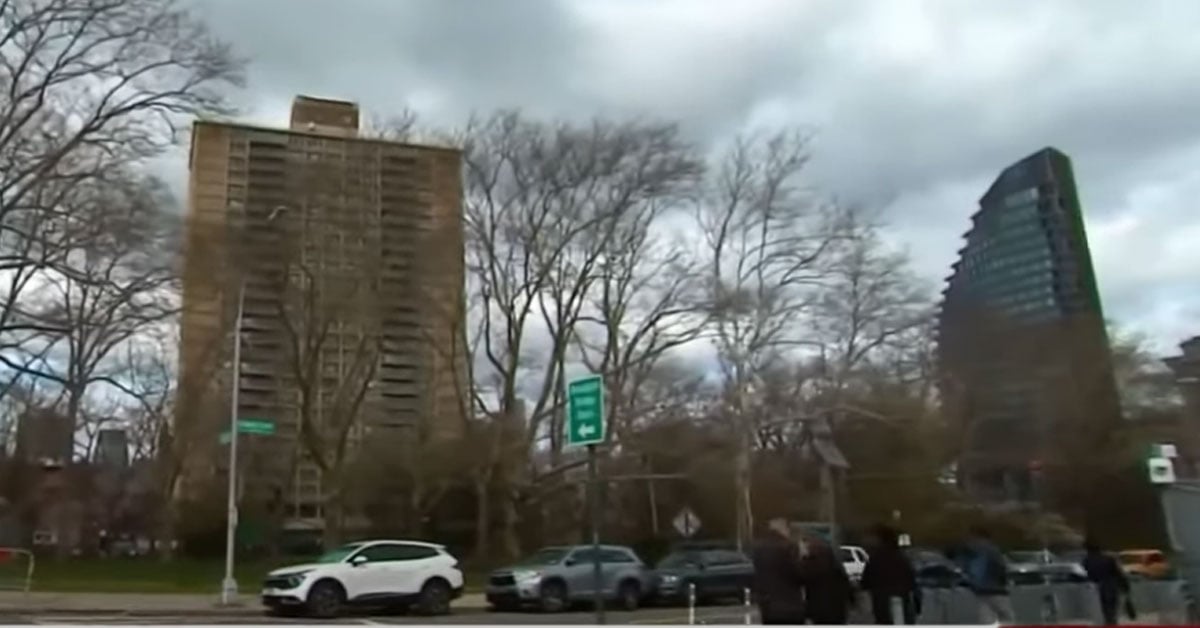Three days after a 7.4 magnitude earthquake hit Taiwan, the largest in 25 years, a 4.8-magnitude earthquake struck the New York City region on Friday morning, shaking buildings and surprising residents in an area that rarely experiences major seismic activity.
A 4.0 magnitude aftershock in the evening shocked the city as well.
More than 900 earthquakes have hit New York and the surrounding Northeast states in the past century, according to federal data. However, many of these are relatively mild and go unnoticed, which is why Friday’s earthquake was notable, being the largest in the last century.
Here’s what happened.
The initial quake occurred at 10:23 am, in Readington Township, New Jersey, roughly 40 miles west of New York City. According to the U.S. Geological Survey, the earthquake’s epicenter was located 4.7 kilometres below the surface.
Residents and structures felt the quake’s impact as walls rattled and shelves trembled, with various videos capturing the moment it struck.
As one of the largest quakes the region has experienced in a century, many in the area, unaccustomed to such natural occurrences, were startled. It’s kind of like Singapore experiencing something similar.
But that didn’t end there.
The day continued with several aftershocks following the morning’s seismic event. A significant 4.0 magnitude aftershock occurred near Gladstone, N.J., approximately 37 miles west of New York City, at around 6 pm, reaching a depth of 9.7 kilometres.
This aftershock was felt as far away as Long Island, prompting reports of houses shaking.
Throughout the day, the region experienced multiple smaller aftershocks, including a 2.0 magnitude tremor west of Bedminster, N.J., an hour after the initial quake. Subsequent aftershocks of magnitudes 1.8 and 2.0 occurred at approximately 12:30 and 1:14 p.m., with another 2.0 magnitude tremor shortly before 3 p.m.
New York Gov. Kathy Hochul and New York City Mayor Eric Adams assured the public of minimal damage and encouraged residents to continue their normal activities, while Mayor Adams offered advice on taking cover during aftershocks.
New York City’s Emergency Management and the Department of Buildings initiated protocols, including public notifications and the mobilization of additional construction and engineering professionals to assess and respond to any reports of damage.
Nevertheless, the earthquake prompted temporary ground stops at John F. Kennedy and Newark Liberty airports, with delays also affecting LaGuardia Airport as crews evaluated the infrastructure for potential damage.
The Metropolitan Transportation Authority (MTA) conducted inspections of all area bridges, tunnels, and subway tunnels to ensure public safety and infrastructure integrity.
So far, the authorities are still assessing the damage, but no injuries or damage have been reported.



